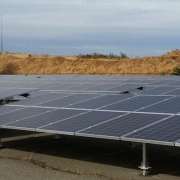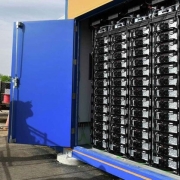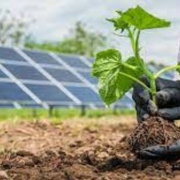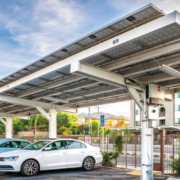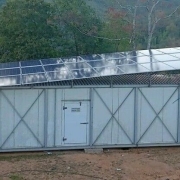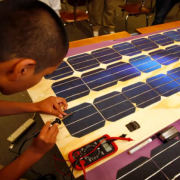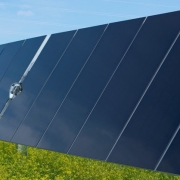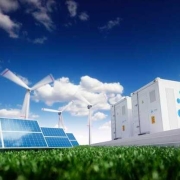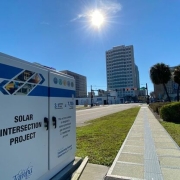To help deliver on its 2030 Zero Carbon Plan to eliminate greenhouse gas emissions from its power supply, Sacramento Municipal Utility District (SMUD) and Swell Energy have signed an agreement for Swell to act as the aggregator for the new My Energy Optimizer Partner+ program – a residential customer-driven virtual power plant initiative.
The initial effort will bring 20 MWh and 10 MW of renewable capacity to SMUD by recruiting, installing and aggregating capacity from customers’ battery storage systems located in the utility’s service area. The program has the opportunity to scale to 54 MWh and 27 MW over the term of the partnership. Contract capability is based on a 2-hour deliverable capacity, inclusive of exports with day-ahead notification for up to 240 events per year.
Click here to read the full article
Source: Solar Industry
—
If you have any questions or thoughts about the topic, feel free to contact us here or leave a comment below.

